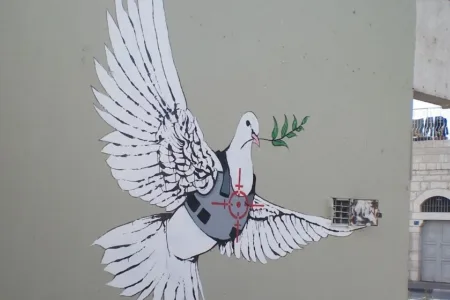The design and architecture of peace processes: lessons learned in the wake of crises

Of all the armed conflicts that have come to a peaceful end since the mid-1980s, 75% have done so via a negotiated settlement. Nowadays, some 80% of all negotiations seek the facilitation of third parties in order to reach an agreement. By looking at all of these negotiations, particularly those since the mid-2000s, the author is able to determine the most favourable conditions for commencing exploratory discussions, and the elements that need to be present during the “formal negotiations” stage, analysing in particular the numerous lessons learned with regard to issues that can precipitate a negotiation crisis. Recommendations are made on how to overcome these critical situations, which often require a complete redesign of the negotiation model in terms of both methodology and participants. Reference is made to numerous cases in which it has been possible to act in a preventative manner.
Although all conflicts, and therefore all negotiations, are different, substantial national and international experience in handling negotiations shows that there are common factors to be considered in all cases.